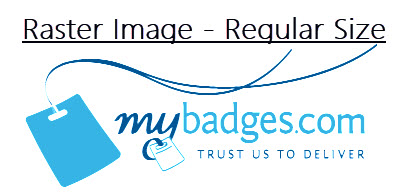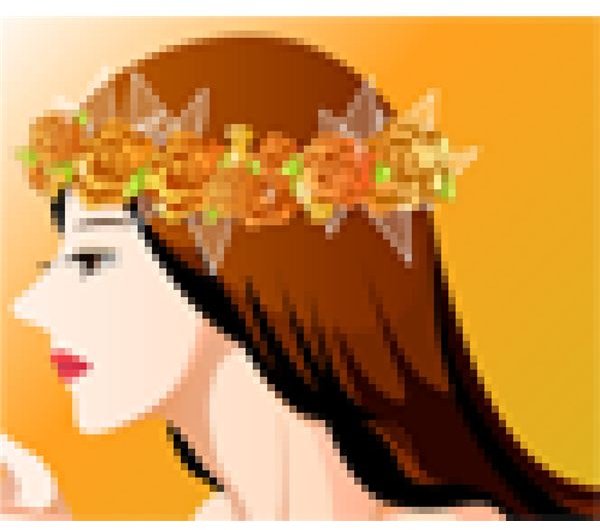

#Vector raster software#
This is what many image editing software packages will use, such as a bitmap format. Many also feel that they were taught in design school to use raster graphics for printing purposes. If the printer feels that the artwork is too small, it’s a very simple change for the printer to be able to fix this error with their own image editing software since size changes can be made easily with vector graphics. This is to allow for the graphics to be modified easily if necessary. Many printers may decide that they are only willing to work with vector graphics. Vector graphics also preserve the detail of typography and ensure that the resolution of the image is not lost when it is time for the image to be printed to a t-shirt. The size of vector images can also easily be modified since it is easy to scale the mathematical curves which are part of vector graphics.

Vector images work well when they are being printed, as this means that the printer can print the curves in a very sharp and defined manner. They use polygons for the purpose of displaying images in the form of mathematical curves. Vector images use several tiny lines in order to store information about and display the image to the viewer. Raster images are used most commonly in photographs which are captured from natural surroundings. Zooming in means that it is possible to see the outline of each pixel, if you look at it closely enough. Raster images use the stored pixel information to display the image in order of how each pixel should be displayed on the screen. Raster images are pixel-based, which means that the images are captured as nothing more than a set of pixels. There is a difference between the two which is something that you should consider before you choose to screen print your tee shirts. One of the biggest questions that you’re likely thinking of before you screen print your tees is whether you should use vector or raster graphics.


 0 kommentar(er)
0 kommentar(er)
